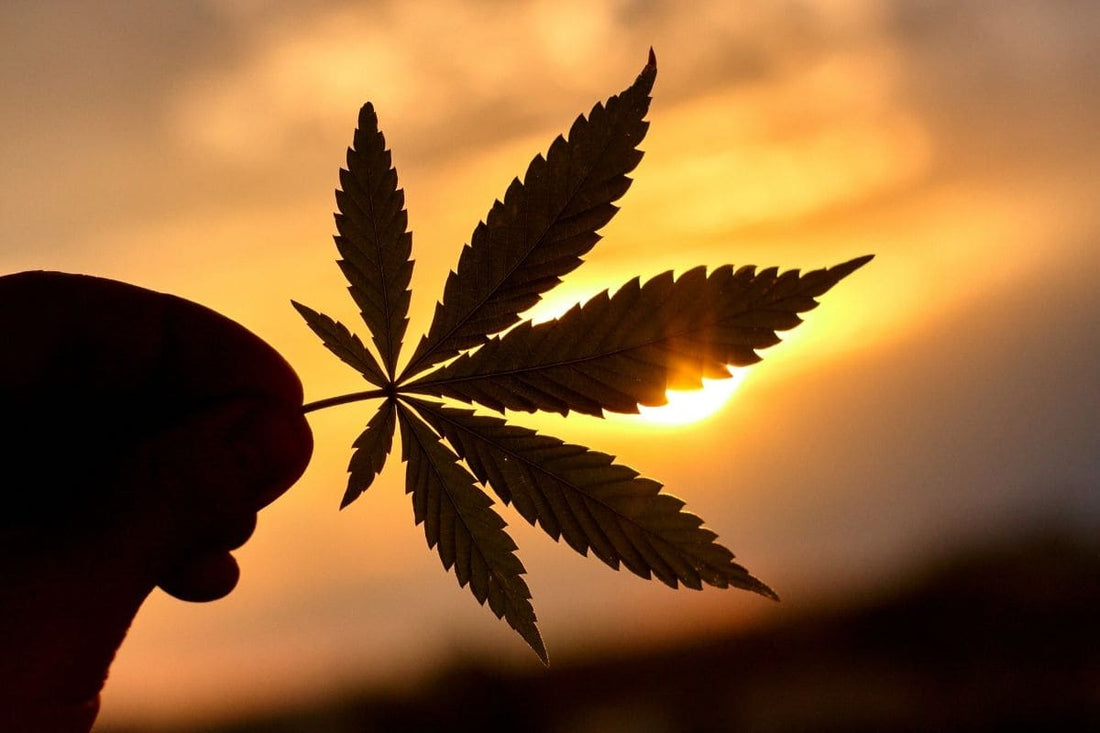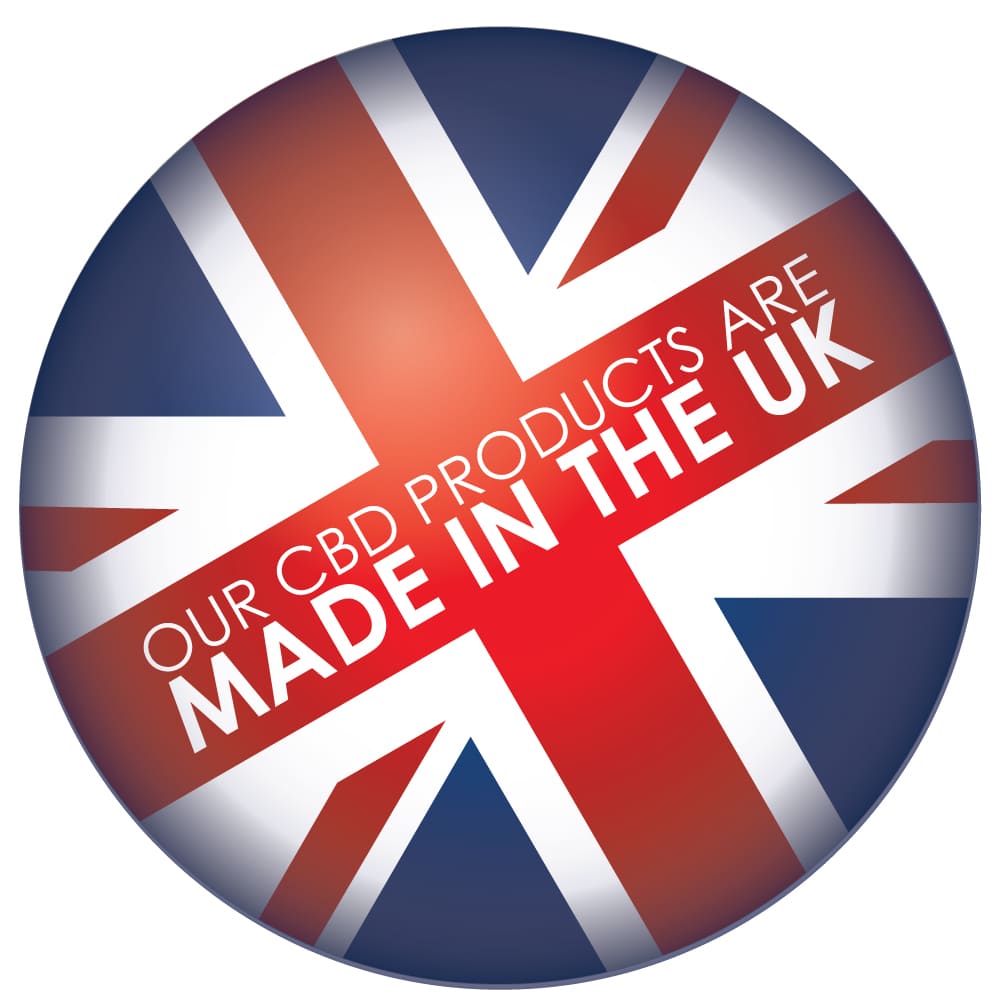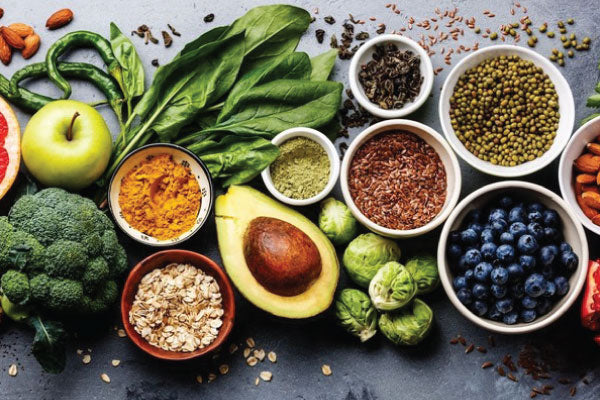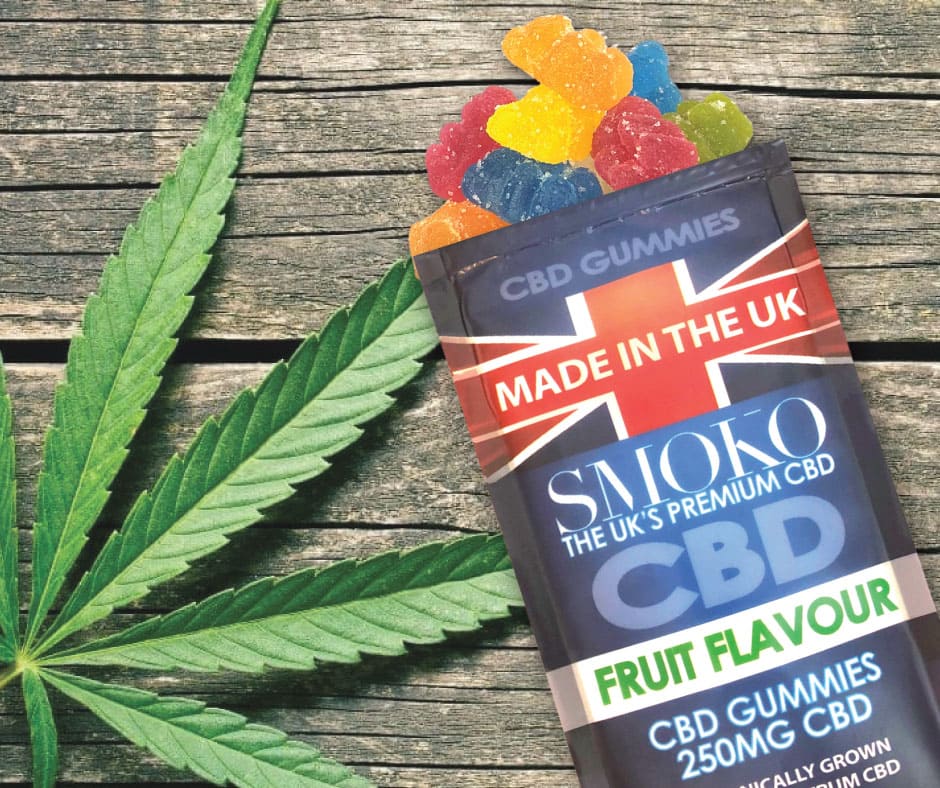Recent years have seen a change in the perceived utility of cannabis products for medicinal purposes. This was brought on by the discovery of the Endocannabinoid system - a system in the human body that uses chemicals similar to those found in the cannabis plant.
The cannabinoids found in the cannabis plant act on this internal system of ours, interacting with cannabinoid receptors in the body and brain. These interactions appear to bring a number of health benefits, but there are some clear differences between the effect of different cannabinoids on the human body.
The differences between the types of hemp and cannabis products makes it important to know which is which, which are included in the product you want to consume, and things to be aware of when you consume them.
WHAT IS CBD?
Cannabidiol CBD is one of the cannabinoids found in the cannabis plant, and doesn’t have any psychotropic effects. It has anti-oxidant and anti-inflammatory properties, and is the active ingredient in products containing CBD oil.
Cannabidiol is extracted from hemp plants, which are cannabis plants with a THC content of less than 0.3%.

WHAT IS THC?
Tetrahydrocannabinol THC is one of the major cannabinoids in cannabis; it is the psychoactive component in the plant that gives the high associated with smoking cannabis.
THC is extracted from cannabis plants with over 0.3% THC, sometimes called ‘marijuana’.
THC VS CBD
CHEMICAL STRUCTURE OF THC AND CBD
CBD and THC share the same chemical formula: C21H30O2 - this tells us they both have twenty one Carbon atoms, thirty Hydrogen atoms and two Oxygen atoms. At a cursory glance, it is easy to see why someone may not realise that THC and CBD are different molecules.
However, a slight change in the structural arrangement of these atoms can drastically change the way the whole molecule behaves, which is why CBD and THC behave differently: their structures are not exactly the same!
The key difference in the structure that results in the differences between CBD and THC is the presence of a hydroxyl group (an oxygen and hydrogen atom bonded together) in CBD where there is a cyclic ring (a full ring of carbon atoms) in THC.

THE DIFFERENT WAYS THC AND CBD ARE CONSUMED
The World Health Organization medically reviewed CBD, and due to the lack of psychotropic effects and almost no potential for abuse, hemp derived CBD products are becoming more and more prolific as the clinical and anecdotal evidence of the benefits stack up.
Under US Federal law, these products are predominantly illegal, though in many states the laws regarding CBD and other medical cannabis products now depart from the Federal law.
Both THC and CBD can be processed into oil form, and from there can be added to products for consumers. These can be edible products such as gummy sweets, topical creams for aches and pains in specific areas, and oil which can be added to food or drink, or taken as oral drops.
Prescribed medical marijuana is often consumed by smoking, however edibles are a much safer way to ingest cannabis, but this achieves peak THC concentration much slower compared with smoking.
Vaping a THC or CBD preparation is another way to consume the active ingredients found in the cannabis plant, but many cases of lung injury in the United States caused by vaping are tied to vitamin E acetate - a compound users add to thicken or dilute e-liquids and is often used to add the THC.

CBD AND THC EFFECTS ON THE BODY
The effects of these two cannabinoids on the body are very different considering the similarity in their atomic composition. THC acts on cannabinoid receptors found in the brain, known as CB1 receptors, and the high THC induces is down to the way it floods the endocannabinoid system with signals that didn’t originate from other brain cells. The brain cells then stop sending the signalling chemicals, called neurotransmitters, changing the flow of information between brain cells, resulting in a ‘high’.
The effects of CBD are significantly different to the effects of THC, one main difference being CBD does not produce a euphoric sensation. This is because CBD acts as a weak agonist to the same receptors as THC, and requires the presence of THC to act on CB1 receptors. When both are present, CBD actually reduces the psychoactive effects of THC, and CBD on its own does not start the chain of events that leads to a ‘high’.
The exploration of the action of CBD on the body has given some insight as to how CBD oil may help a variety of conditions, from reducing pain, treating anxiety and depression, to protecting our cells due to anti-inflammatory and antioxidant properties.
Potential side effects from CBD use are dry mouth, reduced appetite, drowsiness, fatigue and diarrhoea - though CBD is generally very well tolerated at higher doses associated with the only Food and Drug Administration (FDA) approved CBD medication, Epidiolex. For this reason, Epidiolex is indicated for use in patients of 2 years or older.
Side effects experienced from THC are normally temporary, and include increased heart rate, dry mouth, memory loss, anxiety, coordination problems and slower reaction times. There is some concern that THC can negatively impact brain development in adolescents, which is why the NHS encourages under 18’s using cannabis based medicines that contain THC to switch over to Epidiolex.
LEGALITY OF THC AND CBD IN THE UK
In the UK, cannabis is a Class B controlled drug, so it is illegal to possess, supply, produce, import or export cannabis, except under a Home Office licence. Medicinal Cannabis is available in the UK, but it is only currently prescribed by specialist doctors on a case-by-case basis.
There are clear delineations between THC and CBD in terms of their legality in the UK - the medications containing THC are controlled and subject to the Misuse of Drugs Order 2015.
When properly isolated, the UK would consider CBD legal, however CBD products containing sufficiently low levels of other psychoactive cannabinoids are not illegal, but are controlled. Full spectrum CBD products are a good example here, as they contain all the cannabinoids, terpenes and flavonoids found in the cannabis plant including THC, but the levels of THC must be below 1mg per pack in order to be legal.
For anyone subject to drug testing due to work or competitions, THC products and full spectrum CBD products are best avoided to ensure a negative test result.
BENEFITS OF CBD AND THC
Despite the chemical similarities between them, CBD and THC cause different results when ingested due to their interactions with our cells. For example, while both compounds appear to tackle pain, the mechanisms differ - THC induces a high which reduces pain perception, but the action of THC in nerve cells reduces the sensation of pain too.
While more studies need to be done to better understand the action of CBD and effective doses, it is supposed that it impacts pain perception by reducing the degradation of the endocannabinoid ‘anandamide’ which is known as the bliss chemical, and by interfering with serotonin and interacting with glycine receptors that are responsible for messaging in the spinal cord, thereby reducing pain perception.
In this instance, THC appears to be more effective in dealing with pain, but the drawbacks are that the high associated with THC leaves you unable to legally operate heavy machinery, drive, and is likely to hamper performance of motor skills and cognition.
However, CBD’s lack of psychoactive effects means you are not limited by the law, meaning you are still perfectly OK to drive and work while taking CBD.
TYPES OF CBD PRODUCTS
Products containing these cannabinoids are available in similar media: topical creams, oral sprays and transdermal patches. Topical creams are a good idea if you want to avoid intoxicating effects, as the cannabinoids will permeate through the skin locally, but not get into the bloodstream.
Watch out for the transdermal patches containing THC - the intoxicating effect is reduced but these are designed to be used on a venous area of the body so that the cannabinoids do reach the bloodstream, which could result in a positive drug test.
CBD is available in a preparation for vape devices, which means vapers with refillable tanks are able to consume their CBD by vaping! When it comes to THC and vaping, there is a lack of products available, which leads to the consumer adding thinning agents, like the aforementioned vitamin E acetate, in order to vape their THC - and this is causing many instances of EVALI (E-cigarette and Vaping Associated Lung Injury) occurring in the United States.
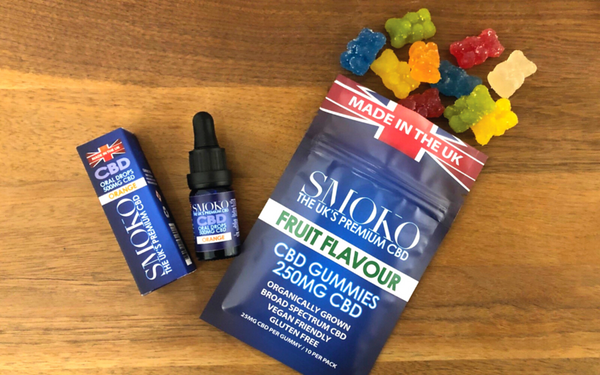
THE DIFFERENCE BETWEEN THC AND CBD CONCLUSION
While THC and CBD are both cannabinoids, they behave differently on their own, and differently again in tandem with other cannabinoids - this action of working with other cannabinoids is known as the ‘entourage effect’. This effect is lost when the compounds are used in isolation, so full spectrum CBD products containing up to 0.2% THC in the UK, are needed to get maximum benefit from your cannabis based product.
Where avoiding any level of THC is necessary, using CBD isolate or broad spectrum CBD - this has all the cannabinoids, terpenes and flavonoids found in the hemp plant but without THC - is the way to go.
In the United States, there are more products available due to the overall state of the legality of cannabis, but here in the UK, THC products are not available off the shelf, only by prescription in certain instances, like suffering intractable chronic pain. This is due to the biggest difference between CBD and THC - the high, and therefore, the potential for abuse.
If you think that you could benefit from taking CBD, then check out the SMOKO CBD range of broad spectrum CBD oral drops and CBD gummies today!
*2024 Update - Don't miss out on our limited time to Get a FREE PACK OF CBD GUMMY BEARS when you buy any of our amazing CBD Products! (One per customer)


